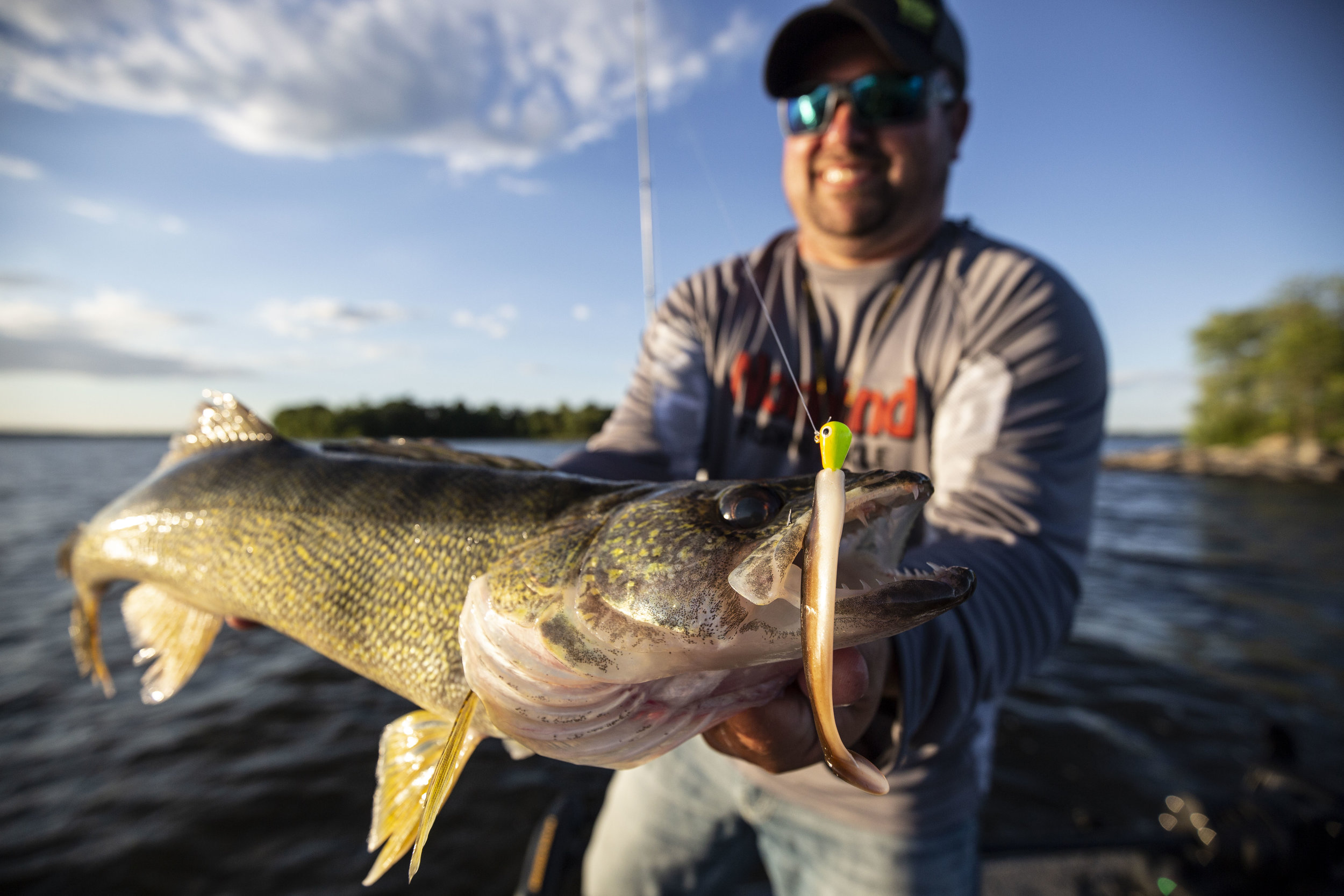Photo Credit - Sam Larsen
I’ve written before about what I consider to be in June, the most favorable month of the year to fish period. It’s nature’s perfect storm of conditions that begin a new season each year in the upper Midwest. Biological activity is at an all-time high, with fish, bugs, birds, and beasts of all kinds hurriedly carrying out early season rituals in your average lake or river. Predators, of which even panfish could be considered, eat other living things by definition. As winter and spring’s hangover begins to wear off, everything is hungry. To make matters better for you as an angler, only the first few hatches of the year are coming off, and there’s little to no availability for young of the year perch, minnows, or other prey for these post-spawn fish of all species. Sure, any body of water is going to have some supply of baitfish, but the point is that we’re not to July and August where a fish’s next meal is just a flick of the tail away.
This year, we’re in a bonus round of June fishing, because not as much of it happened in May. Cooler than average air temps and fronts brought resultant water temperatures, and with them, fish that didn’t play ball as well early. That means, for those of you caught up in school, graduation parties, and lots of yardwork, there’s less excuses this year. Pretty much anyone should be able to catch a fish now and in the coming few weeks.
That’s not to say it’s always easy, as there’s still cold fronts, tight-lipped spawners and the like. That said, no matter your quarry, now may be as good as it gets to cancel other plans and get some fishing in. Typically, phenological indicators tell me when fishing can be good for certain species in my neck of the woods. Tip-offs like blossoming lilacs signal spring crappies spawning in the shallows, and blowing cottonwood seed has usually meant some great topwater bass fishing. Well those same indicators are happening this year as they always do, just later. All of which may call for a change of tactics should annual fishing trips and traditional spots not produce the same way they usually do.
If you do anything this season, consider turning back the clock a few weeks and think about what your species of interest started off their season doing. Whether it be crappies, pike, muskies, or walleyes, the answer is likely spawning. If you’re not finding those fish in their normal haunts, consider backtracking to likely spawning sites and just off of them. Most of these species should be post spawn in all but the most northern extreme areas.
When it comes to bass and bluegills, there’s the real possibility that they may just be spawning. If water temps are exceptionally cold still for whatever reasons, they may still be pre-spawn even. Much differs north to south, and especially lake to lake where water temps can vary drastically, even between lakes next door.
For that reason, let this be the year that you start a fishing journal and record some of those surface water temperatures. Bear in mind too, that water temperatures can vary a great deal throughout an individual day, and then drop again with clear skies and frontal conditions. Water temps measured at the end of a bright, still, sunny day may be elevated as much as 10 degrees from a morning reading. For that reason, it’s good to note a water temperature range if you’re out on the water for more than a few hours. Even better, note what you were finding in which water temperatures. One bay for example may have spawning muskies in 60 degrees, paired up and nearing post spawn, while another bay in the same lake with more rocks and less weeds may be mid 50’s and fish are pre-spawn roamers.
If you’re not familiar with the spawning and post-spawn movements of your favorite species, never fear, the internet is here. You’d probably be unsurprised to hear that not everything you may read there is spot-on, but by paying careful attention to reputable sources, many of you can take five minutes and a sandwich to figure out what stage of the game your species of interest may be when out on the water. Of course, still nothing beats old fashioned observation on the same body of water year after year. Sure, nothing is the same from year to year, and you can have a lot of confounding variables, but experience is the same thing that made grandpa as good as he was.
So fish fearlessly, even quickly. Know that given even reasonable weather there’s biting fish somewhere on the lake you’re fishing. If not, switch lakes, as this time of year is too good to pretend like it’s August. Whether it’s toothy critters or what they’re eating, enjoy some bonus June boom time this year as I’m thinking it’ll extend well to the end of the month, and maybe even July in northern portions of the Midwest. Take a kid out fishing, and try some new baits, spots, lakes, and species. There was never a better time to gain confidence in anything new than this month.
